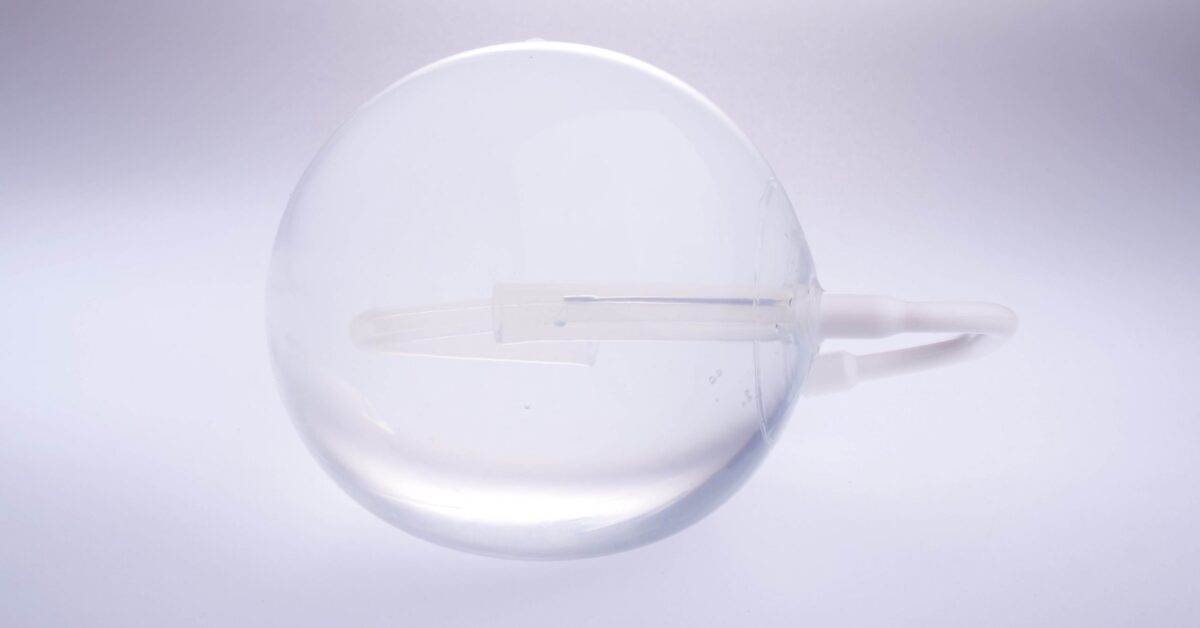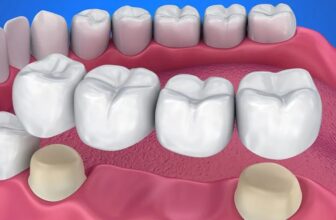
Obesity is a growing health concern worldwide, leading to an increase in the demand for effective weight loss treatments. Among the various methods available, gastric balloon placement and bariatric surgery have emerged as popular options. Both approaches aim to help individuals achieve significant weight loss and improve their overall health. For individuals seeking Gastric Balloon Placement in Dubai, the procedure offers a promising solution to jumpstart weight loss without the need for surgery. The process typically takes 20 to 30 minutes and is performed on an outpatient basis, allowing patients to return home the same day.
Understanding Gastric Balloon Placement
Gastric balloon placement is a non-surgical, minimally invasive procedure designed to assist in weight loss. During the procedure, a deflated silicone balloon is inserted into the stomach through the mouth using an endoscope. Once in place, the balloon is filled with saline or gas, reducing stomach capacity and creating a feeling of fullness. This helps patients consume fewer calories and lose weight over time.
Advantages of Gastric Balloon Placement
- Non-Surgical Approach: Since it does not require incisions, there is minimal risk associated with surgery-related complications.
- Quick Recovery: Most patients can resume their daily activities within a few days.
- Temporary Solution: The balloon is removed after six months, offering a reversible option for those not ready for permanent changes.
- Improved Portion Control: The reduced stomach capacity encourages smaller meals and helps curb overeating.
Limitations of Gastric Balloon Placement
- Temporary Effect: Since the balloon is removed after six months, weight regain is possible without lifestyle changes.
- Gastrointestinal Discomfort: Common side effects include nausea, vomiting, and abdominal cramping.
- Limited Weight Loss: On average, patients lose 10% to 15% of their total body weight, which may be less than surgical options.
Understanding Bariatric Surgery
Bariatric surgery encompasses several surgical procedures that alter the digestive system to promote significant weight loss. Common types include gastric bypass, sleeve gastrectomy, and adjustable gastric banding. These surgeries are generally recommended for individuals with severe obesity or those who have failed to achieve weight loss through other means.
Advantages of Bariatric Surgery
- Significant Weight Loss: Patients typically lose 50% to 70% of their excess body weight, which can result in substantial health improvements.
- Long-Term Results: The structural changes to the digestive system offer sustained weight loss with proper post-operative care.
- Resolution of Comorbidities: Conditions like type 2 diabetes, hypertension, and sleep apnea often improve or resolve after surgery.
Limitations of Bariatric Surgery
- Invasive Procedure: Surgery involves incisions and carries risks such as infection, bleeding, and complications.
- Long Recovery Period: Full recovery may take several weeks, requiring lifestyle adjustments and regular follow-ups.
- Irreversible Changes: Certain surgical methods are permanent and cannot be reversed.
Comparing Gastric Balloon Placement and Bariatric Surgery
Procedure and Invasiveness
| Feature | Gastric Balloon Placement | Bariatric Surgery |
|---|---|---|
| Type of Procedure | Non-surgical, endoscopic | Surgical, requires incisions |
| Duration | 20-30 minutes | 1-3 hours |
| Hospital Stay | Outpatient (same-day discharge) | Requires hospitalization |
| Anesthesia | Mild sedation | General anesthesia |
Weight Loss Outcomes
| Feature | Gastric Balloon Placement | Bariatric Surgery |
| Average Weight Loss | 10% to 15% of total body weight | 50% to 70% of excess body weight |
| Duration of Effect | Temporary (6 months) | Permanent with lifestyle changes |
| Maintenance Requirement | Requires ongoing lifestyle changes | Lifelong dietary and medical monitoring |
Safety and Risks
| Feature | Gastric Balloon Placement | Bariatric Surgery |
| Risk of Complications | Low (nausea, vomiting, cramps) | Higher (infection, leakage, DVT) |
| Mortality Rate | Very low (<0.1%) | Low (0.1% to 0.5%) |
| Reversibility | Fully reversible | Irreversible for most procedures |
Which Option is Better?
The decision between gastric balloon placement and bariatric surgery depends on the patient’s health status, weight loss goals, and willingness to undergo surgery. Here are some key considerations:
Ideal Candidates:
-
- Gastric Balloon Placement: Suitable for individuals with a BMI between 30 and 40 who prefer a non-surgical, temporary intervention.
- Bariatric Surgery: Recommended for patients with a BMI over 40 (or over 35 with comorbidities) requiring significant and sustained weight loss.
Long-Term Commitment:
-
- It requires strict adherence to a healthy lifestyle after balloon removal to maintain results.
- Bariatric Surgery involves permanent anatomical changes and lifelong dietary and medical monitoring.
Health Considerations:
-
- Gastric Balloon Placement may be a safer option for those unable to undergo major surgery due to underlying health conditions.
- Bariatric Surgery may offer better outcomes for those with severe obesity-related health issues.
Conclusion
This balloon placement and bariatric surgery each offer unique advantages and limitations. Moreover, it is a less invasive and temporary solution that is suitable for moderate weight loss. In contrast, bariatric surgery offers a more permanent and highly effective approach, especially for individuals who require substantial weight reduction, the best choice depends on individual health needs, weight loss goals, and readiness to commit to long-term lifestyle changes. Consulting with a qualified healthcare professional can help determine the most appropriate path to achieving sustainable weight loss and improved health outcomes.







